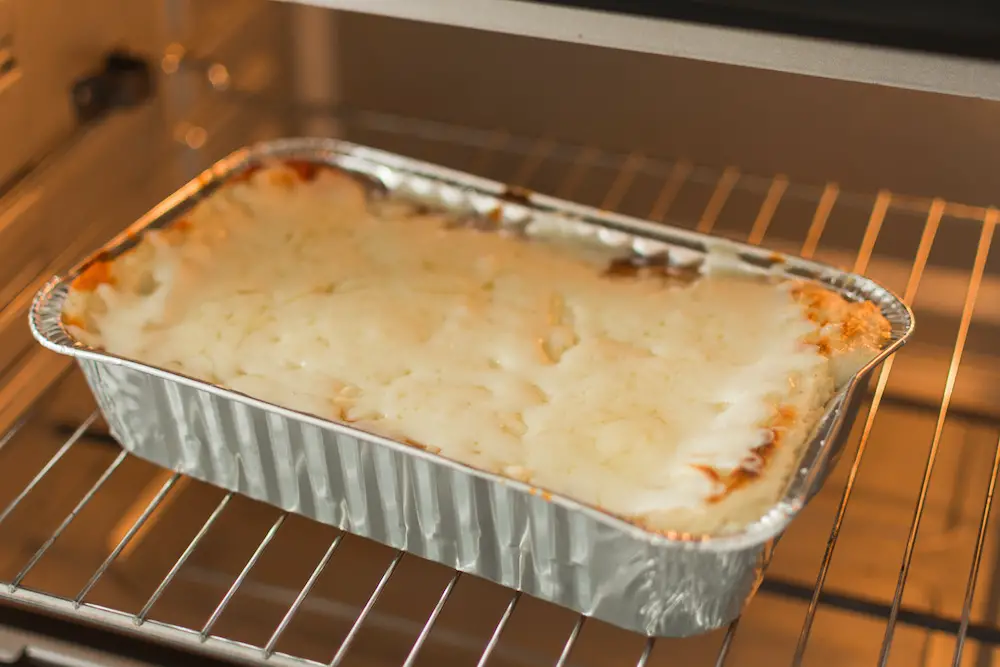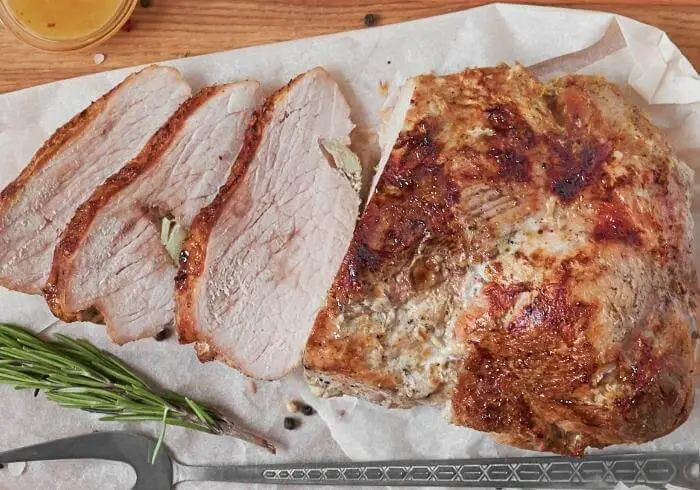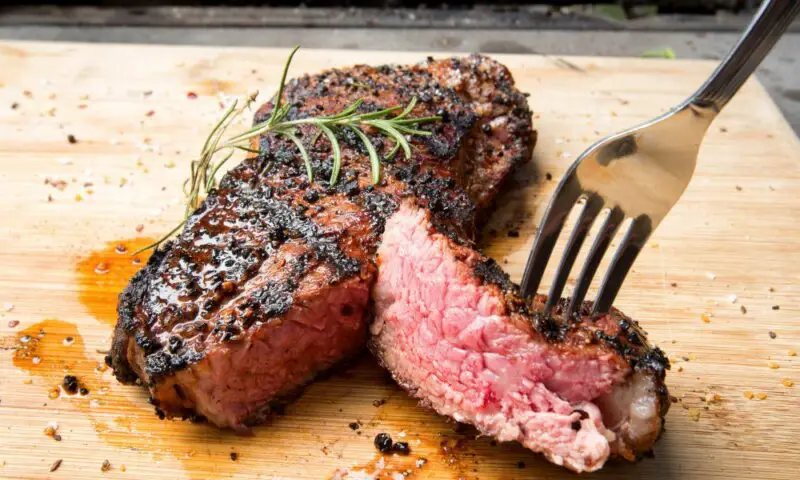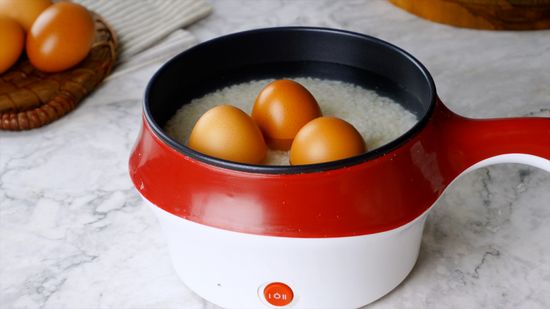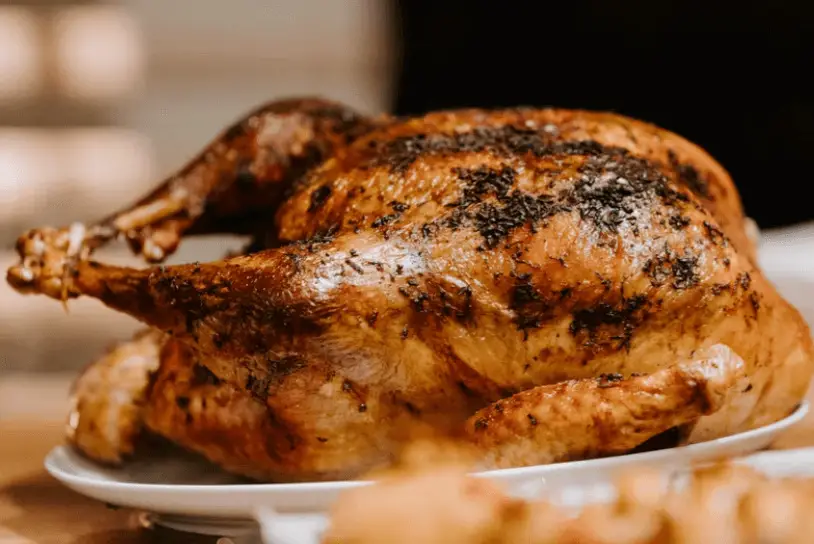Cooking frozen lasagna can either be an instant gratification or a frustrating experience. If you’re looking to serve sumptuous authentic lasagne for dinner, but do not have the time to make it from scratch, limiting your options may also be disheartening. Using a convection oven, however, can save you valuable time and resources while achieving perfection within your taste preferences.
In this article, we’ll delve into the topic of cooking frozen lasagna in a convection oven; what it entails and why it’s worth trying.
What is a Convection Oven?
A convection oven is designed to cook food by circulating hot air around the food evenly; thus, reducing cooking times without compromising the quality of baked goods. Compared to conventional ovens that cook by heating the food directly from below or above using only one static source of heat, convection ovens circulate heated air throughout the chamber evenly across all sides. This results in less required time- thus more energy-efficient – while retaining the nutrients and flavors of prepared dishes.
Benefits of Using a Convection Oven
There are numerous benefits of using a convection oven to cook frozen lasagne:
- Even distribution of heat: Because hot air circulates through an oven equipped with fans or other circulation devices, you can expect that everything will cook evenly.
- Reduced Cooking Time – When compared with traditional ovens cooked at high temperatures takes approximately 25% less time
- Better Browning – Perfect baked dishes require specific temperature settings necessary for browning surfaces flawless.
- Consistent Results – Once you have identified optimal temperature settings for different foods cooked on your device (lasagna inclusive), you may need never go back to a regular oven again.
Common Misconceptions about Using A Convection Oven
It’s essential to tackle some common misconceptions about using a convection-based oven before considering investing in one.
- Longer Cooking Times – Convection cooking allows for faster preheating, shorter cooking times, and even quicker baking.
- Only Ideal for Baked Goods – While convection ovens do bake more evenly and efficiently, they also roast food just as well. Frozen lasagne is a perfect example of how it results in an even bake without overcooking some parts or not cooking them through enough.
Cooking Frozen Lasagna: The Basics
When you need specific information about the recommended steps to cook frozen lasagna in a convection oven, getting it from the manufacturer’s packaging instructions is paramount. Still, you can find steps needed below;
Preparing Your Lasagna
Before placing your frozen lasagne into an oven; ensure it is best prepared by following these simple tips:
- Set aside the right equipment and dishware – use a glass or ceramic baking dish that will fit inside your oven.
- Place lasagne in a microwave if you wish to speed up the defrosting process before putting it into the oven.
Considerations When Choosing Between Homemade or Store-Bought Frozen Lasagna
When pressed for time or left with low energy, going for store-bought frozen lasagne will save your sanity. If at all possible though, bring out your inner Italian chef and whip up homemade lasagne so that at least you know what’s contained in each layer of pasta sheets and fillings.
Properly (pre)heat your Convection Oven
Setting an accurate temperature setting will help achieve optimal cooking conditions during baking.
- Check user manual on suggested heat settings modifications when using conventional versus fan-assisted modes.
- Take note of preheating requirements since convection ovens take less time to preheat than standard ones.
Suggested Preparation & Cooking Time
Step-by-step instruction guide on how long you should bake your frozen lasagne;
- Remove all packaging materials from the frozen lasagna including the plastic wrap surrounding it.
- Preheat your convection oven to a temperature of 375°F or dynamic settings recommended for baking frozen lasagne.
- Place the lasagna dish on the center rack allowing air to circulate around it effectively.
- Bake for about an hour, and then check if it’s bubbling up and golden brown crust has formed on edges or top.
- Remove from the oven and let your lasagne rest before serving.
Common Mistakes When Cooking Frozen Lasagne in A Conventional Oven:
- Inaccurate Timings and temperatures may result in overcooking, undercooking, or burned edges as traditional ovens are not as proficient at distributing heat consistently throughout baked goods.
- Preheating needs to be done properly right before placing the lasagne inside since the oven will kick off quickly and have every available watt working towards cooking what’s inside.
Advantages of Cooking Frozen Lasagne in A Convection Over:
- Even Distribution of Heat – With a convection oven, you’ll have evenly cooked food guaranteed with no more overheated areas underneath and not enough warmth above as airflow penetrates each surface through all directions effectively without leaving cool spots anywhere.
- Shorter cooking times achievable: You can maintain water content that typically escapes during lengthier bake cycles, allowing ingredients’ flavors to blend well within a shorter period than usual low-and-slow approaches.
Conclusion
Cooking frozen lasagna in a convection oven requires following a few simple yet crucial steps carefully. The benefits of using this method are efficiency, perfect texture achieved from properly circulated heat. It also makes cooking frozen lunches easier since defrosting takes less time than pre-heating considerable space devoid of coldness pockets coming with lackluster results. However, before attempting any recipe or product instruction involving your oven type, ensure you thoroughly read its manual for proper usage instructions.
Q&A
Q1. Can I cook frozen lasagna in a convection oven without defrosting it?
Yes, you can cook frozen lasagna directly in a convection oven without the need to defrost it first. However, depending on the recipe preparation and thickness of your lasagna, you might need to adjust the cooking time and temperature.
Q2. What is the optimal temperature setting for cooking frozen lasagna in a convection oven?
The ideal temperature for cooking frozen lasagna in a convection oven is between 375°F (190°C) to 400°F (205°C) degrees. Keep in mind that cooking times may vary depending on the size and thickness of your lasagna.
Q3. How long does it take to cook frozen lasagna in a convection oven?
Generally, it should take about 50-60 minutes to cook frozen lasagna thoroughly in a convection oven at 375°F (190°C) or 400°F (205°C). However, keep an eye on your food’s internal temperature and adjust cooking times accordingly.
Q4. Does using a convection oven affect the final texture of my cooked frozen lasagna?
Using a convection oven can potentially affect the texture of your cooked frozen lasagna by making it slightly crispier or chewier than traditional ovens. It can also reduce your overall baking time by up to 25%, resulting in evenly cooked dishes throughout.
